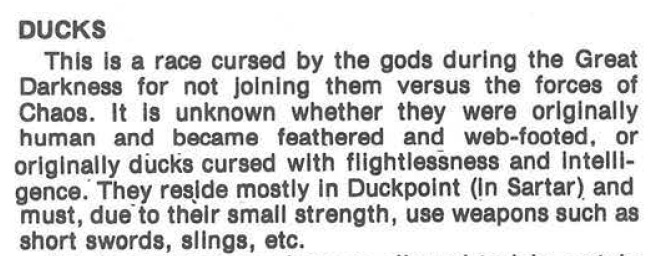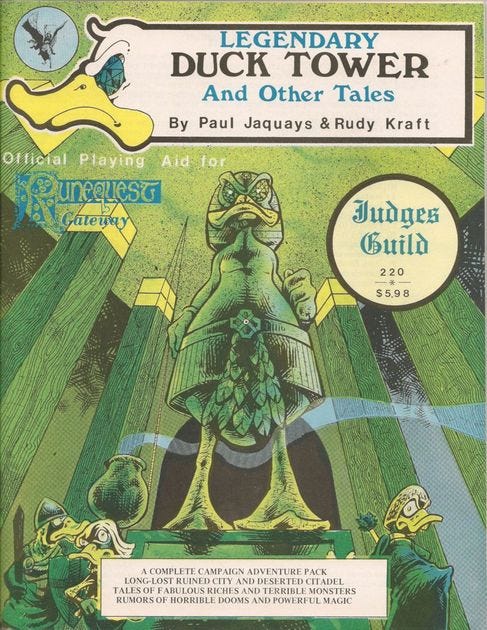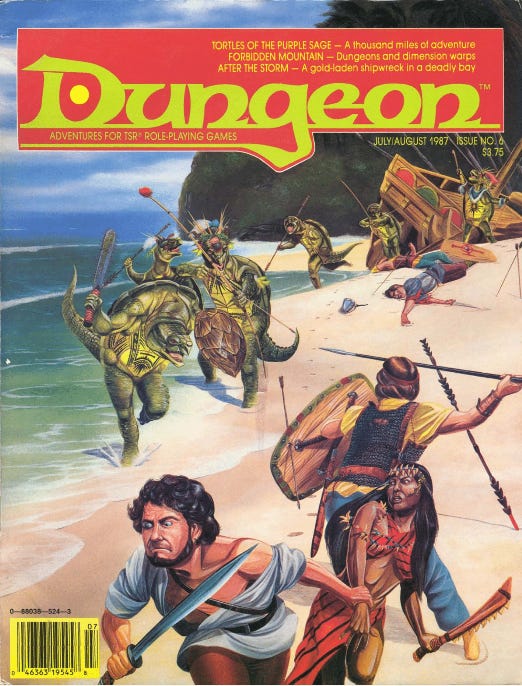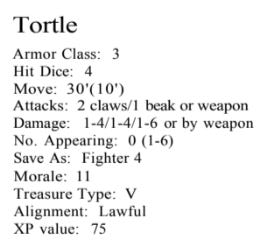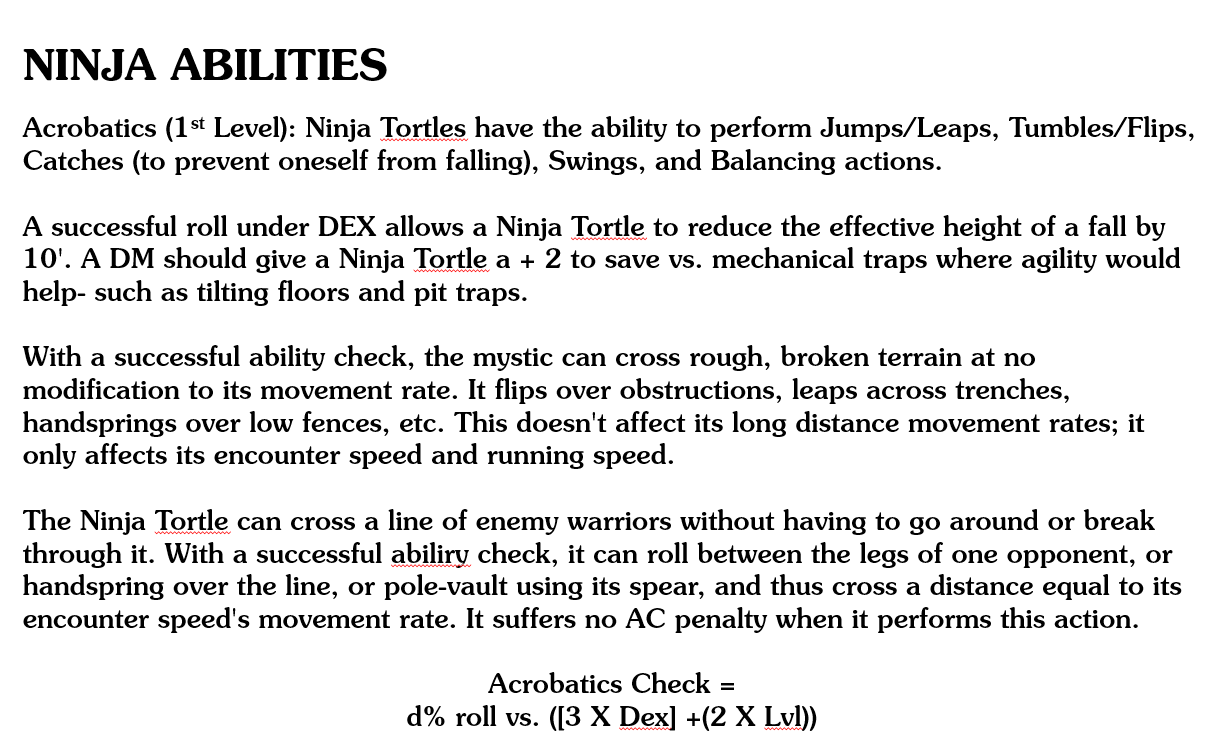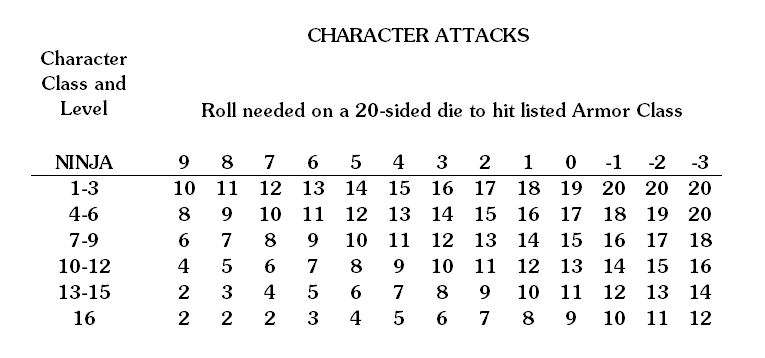
In 2018, Gallant Knight Games published a role playing game entitled For Coin & Blood. The game was designed with the intent of capturing the freeform mechanical feel of first generation fantasy roleplaying games and the narrative tone of Grim Dark fantasy novels and shows. It was a game inspired by Original D&D and the writings of Kate Elliot, Joe Abercrombie, Sarah Monette, Glen Cook, Anna Smith Spark, Scott Lynch, and others.
The first edition of For Coin & Blood was well received by critics and gamers and remains a "Gold" seller on DriveThruRPG, the internet's largest digital rpg store. As successful as the game is, it was an early design by Alan Bahr and there was room for expansion and improvement. Bahr's done a lot of game design between 2018 and 2020 and he thought it was time for a second edition that reflected the lessons he's learned over the years and he wanted to release that edition in a printed edition as beautiful as he thought the updated rules deserved.
So he did what any independent designer does in these situations and launched a Kickstarter. In fact, that Kickstarter launched today (August 31, 2020) and will be running for the next 10 days (until September 9th). You'll have to act fast if you want to get one of the premium books from the Kickstarter, though I'm certain the game will be sold via DriveThruRPG afterwards. One thing to note here as you read this review. If you want to get a printed copy after reading this, make sure to back the Kickstarter. As good as the printing quality of DriveThruRPG's books are, and they are good, they are nothing compared to the print shop printing Gallant Knight puts together on their full print run products.
Now that the background is taken care of, how is For Coin & Blood as a game?
The TL;DR is that it reflects every ounce of design knowledge Alan Bahr has learned over the past few years and is an excellent and evocative design. One that I immediately backed on Kickstarter after reading my review copy.
Now for the longer review. What's Good, what's Bad, and...what's Awesome about this game.
The Good
The first thing that jumps out about the game is its setting. Grim Dark is a great theme that has an abundance of fiction game masters and players can look to for guidance on how to play. Some of the best fiction in Fantasy is in the Grim Dark genre. My own personal favorites include Glen Cook's The Black Company series, the Thieves' World anthologies, David Gemmell's Waylander tales, Steven Brust's Vlad Taltos tales, Andy Remic's Clockwork Vampire Chronicles, Simon R. Green's Hawk and Fisher stories, Kate Elliot's Crown of Stars series, and a long list that includes Michael Moorcock, Brent Weeks, Karl Edward Wagner, and so many more.
As great as the setting is, Grimdark roleplaying sessions can wander down the path to excess. Thankfully, Alan Bahr provides a little advice on how to be more Joe Abercrombie and less Edgelord von Torturestein. Adding to the advice on running the game (there should be more), For Coin and Blood 2nd Edition provides a nicely detailed setting. It also includes two tales of tone setting fiction by Steve Diamond and Mari Murdock
Mechanically, the game uses a modified version of the d20 based role playing game we all know and love including some of the most recent innovations like Advantage and Disadvantage. In doing so, it has mechanics that appeal to both fans of newer heroic roleplaying and older more tactical and freeform gaming.
For example the skill tests used in For Coin and Blood echoes the assumed mechanics of Moldvay/Cook (aka B/X edition) of Dungeons & Dragons. Hidden in the depths of that games mechanics was a foundational skill system where 1d6 being rolled against a difficulty. You can see it in the break down doors/bend bars, find secret doors, and locate traps rules of Basic/Expert D&D. In For Coin and Blood the basic skill roll tends to default to a need to roll 4+ on a six sided die. This is true for all of the narrow class skills that are specifically listed in the character classes. There is one exception. The thief has a broad skill bonus that adds to a broad set of thief related tasks. There is no specific breakdown of thief skills, nor is there a default given in the thief class section. The lack of specific skills is fine, as we'll see in the discussion of "professions" below.
In addition to the skill system echoing B/X D&D, Alan Bahr adapts the "die tree" from The Black Hack for use on skill tests and a couple of other game mechanics as well. The die tree, or step die mechanic, is a very neat mechanic that has its roots in Earthdawn and Alternity. Instead of giving a player a +1/-1 or +2/-2 modifier that is added to a roll, a die step mechanic has the player roll the next higher/lower die. A +1 die step would mean a player who normally rolls a d6 for an outcome would roll a d8 or d4 depending on whether they received a bonus or penalty.
The game's attribute modifiers are similar to those of OD&D instead of more modern versions. In For Coin & Blood only scores 15 and higher give a mechanical benefit and only those below 6 give a penalty. What this means is that the game is more Archetype focused and less stat focused. Statistical bonuses are "cooked in" to the things players are expected to have and thus exceptional bonuses are exception and players don't need to roll high statistics to be "on curve" for play. I love that the game focuses more on Archetypes than statistics, tot that this will stop me from a very long boring discussion below in the "The Bad" section when it comes to statistics and character creation.
Like many games, For Coin and Blood uses a combination of armor class (defense) and armor as damage reduction. In this case armor doesn't contribute to "defense", the number required to hit the character, at all and only provides damage reduction. This is similar to the system used by Wizards of the Coasts Star Wars Saga Edition role playing game. In this case, Alan Bahr added armor attrition and shield rules inspired by The Black Hack as well.
The Bad
There's not a lot to critique from a non-mechanical perspective, if I was to add something to the text I would add a good deal more advice on how to run the setting to keep it "Grim Dark" and not "Murder Hobos on Parade." This is the genre of Michael Moorcock, Steven Brust, the Thieves' World crew, Brent Weeks, Andy Remic, David Gemmell, Glen Cook, Karl Edward Wagner, and Cameron Johnston. While some of these authors incorporate certain types of disturbing violence into their fiction, they usually don't wallow in it. For Coin & Blood does have a strong disclaimer at the beginning that provides context, but I'd like to see more DM advice in this regard. As someone who has played in "evil" campaigns before, I've found they are more rewarding when they deal with moral complexity rather than focus on being gorefests. There are those gamers who want to play F.A.T.A.L. and this is not the game for them. This is not an edgelord game and those who want that style of play should look elsewhere. Still, it could use more advice on how to handle sensitive situations or provide a bibliography to existing resources.
I love 99.99% of the mechanical decisions in this game, but there is one mechanic I really don't like and that is the system of attribute determination during character generation. Alan Bahr has a favorite character generation system for OSR style games. He's used it in a number of his other "Venerable Knight Games" publication. The system does allow for some flexibility, but depending on how you use it results in very focused characters and never really seem to accomplish exactly what Alan is hoping to do.
It starts straight forward enough with characters having six core attribute rated from 3-18: Might, Learning, Insight, Fortitude, Agility, and Charisma. Before we continue, I thought I'd let you know that I'm going to spend a lot of time talking about this, so you might want to skip down to the "Awesome" section below. There is a lot that's awesome, but for some reason the stat generation system rubs me the wrong way. What's even more ironic is that because of the Archetype and not Attribute approach of the game, the generation system really doesn't have much effect on gameplay.
Having said all of the above, here is the basic stat generation system.

Essentially, you roll 5 dice and then you order them as you wish following the above algorithm picking the highest die for your "most important stat" and the lowest die for your "dump stat." You'll note that Alan writes, "this will give you one particularly good statistic, one weak statistic, and four that range between average and good." Well...this is not exactly true and depends on how you arrange the stats.
The following analysis is based on a bit of Rmarkdown code I wrote for demonstration purposes that you can find here. If you don't have R-Studio and only want to look at ALL the output, you can find it on this webpage. But I will also be nice and show you some real examples below.
In essence, you have a few choices as a player. You can choose to be the Specialist who has one fantastic stat and five stats that are for all intents and purposes average. You do this by rolling 5 dice, sorting them in order and using the above algorithm to generation your stats. For the sake of argument, let's say you roll the following array (I've already sorted them from high to low).
So you've got a 6, 5, 4, 3, 3. This is actually a pretty good roll. If we assumed these were added to the average on 2 dice of 7, we'd have a 13, 12, 11, 10, 10.
In For Coin & Blood, none of those would be exceptional. But that's not the system. We start with 12, 11, 11, 10, 10, 10 and follow the algorithm above. Doing that, going from high to low in order, we get the following array.
One very high number, a bunch of straight up average numbers, and one low number but not low enough for a penalty (penalties start at 6 and lower).
What if we mix it up a little and still put the highest value on our prime stat, then second lowest, then middle, then second highest, and finally lowest on our dump stat? That sounds interesting right? This is what we get.
The numbers look more interesting, but there is still no real impact on play except that we are still specialized in our max stat. Remember, there are no penalties for 8s and no bonuses for 12s.
Let's mix things up a little bit more and go a little counter-intuitive by not putting our highest stat in our prime stat. This time we'll put the middle stat in the first spot, the second lowest in the second slot, the highest in the middle, the second highest next, and the worst last. This gets us the following:
In a regular d20 game, this might be the most interesting to play. This is close to the "Generalist" array from various versions of D&D. The only thing is that in For Coin & Blood, all of these stats except the 16 are still "average" and provide no bonus. Adding salt to the wound we could have a mechanically better, but aesthetically less appealing, array with a max 18 instead.
I know that I praised the game for relying on Archetypes rather than Attributes for what really matters in the game. I still believe that, but that's why I find this system odd. The algorithm is clunky for new gamers. You add dice and subtract prior dice as you go and as your reward you either get a specialist with one good stat or you end up with something very close to what you would get from just rolling 3d6 and being able to put them in any order you want. It just strikes me as inelagant in a game that is otherwise very elegant.
My second complaint is relatively minor. There is no base number given for various thief related tasks in thief section. The rules section states that the default for most actions is 4+ and that the narrator should modify this for effect. The game provides a very useful chart to do this, but it would be nice to have mention in thief class.
The weapon rules are AWESOME (see below), but the weapon degrading rules look like they need modification to update the mechanic from a "weapon die" system to a "class die" system. Given that one can easily assume that Sellswords and Knights are knowledgeable on how to care for their weapons than Magi etc., this is only a one sentence change to remain consistent.
Not a lot of complaints, just one overly long one.
 |
Illustration by Ger Curti
|
The Awesome
First and foremost, I love so much about this game that I had to stop listing the "Awesome" rated stuff before this review became a "just copy the rules" review.
One of the things that For Coin & Blood revives is the old money earned = XP earned mechanic from old versions of D&D. What I'm about to write may seem counter-intuitive, but this XP system actually reduces the "Murder Hobo" nature of adventuring. Monsters in older versions of D&D are rated in XP for "defeating" (usually being killed) and in how much treasure they have. In new versions, you pretty much just have the "defeated" XP value. What having the money = XP mechanic does is it immediately gets people to ask, "can I get the treasure without fighting?" Why? Because monsters usually have more in gold than their defeat XP value. When you add the old rules for "Encounter Relations" from B/X, Charisma becomes the "get rich and not kill ever" stat and ends the cycle of "Breach, Sleep, Clear!" that D&D can become. Sadly, Alan doesn't incorporate the Encounter Reaction chart, but given how much time is spent on sections itemizing how much characters get paid for certain activities, the money = XP system really ups the "let's find other solutions than killing" aspect of the game.
For Coin & Blood has a new statistic called Infamy that reflects how well known the character is. This statistic affects the jobs characters can get and which organizations they can join. Characters can gain and lose reputation in a way that echoes the old Marvel Super Heroes game. Infamy also affects how much players get paid for missions, gives them an XP bonus at high levels, and by affecting payment it also affects XP directly. It also provides a lure for those who want to oppose the players. The higher your Infamy, the more people know who you are and the more foes you have. Great idea!
Alan borrows a great idea from Shadow of the Demon Lord with the inclusion of Professions. What's a profession? It's what your character actually does for a living and is separate from class and can be anything you want it to be. It could be related to your class, a thief could be a "cat burglar" for example, but it need not be related. Maybe your Thief is a Bodyguard or Wandering Young Noble. You get to choose freely and fit it to whatever backstory you want. Profession does have some mechanical benefit. It aids characters in making skill tests. Any skill tests associated with your profession more likely to succeed because you get a one step die improvement on the skill roll. Very nice. Allows for flexibility and player agency.
Alan decided to incorporate one of my favorite gaming mechanics by including class based weapon damage. Instead of having weapons do a fixed amount of damage, swords doing 1d8 for example, weapon damage is based on class. Classes that are martial in nature do more damage than those unfamiliar with them. This is a nice way of letting Mages use swords without altering balance. They still roll d4 for damage, but they get to look cool doing it.
The game has so many cool classes and each has interesting mechanics. I particularly liked the Diabolist and their Pacts. The system of pacts was very evocative and flexible and fit within the Grimdark theme exceptionally well. I also absolutely loved the inclusion of the Executioner class...can we say Gene Wolfe inspired?
The game has one of the best fantasy incorporations of firearms from a mechanical perspective. Keeps the fearful lethality of the weapon (via crits and another nod to Marvel Super Heroes) and does this without amplifying the damage dice rolled.
The system for how magic weapons and magic armor come into existence is really evocative and narrative. When players roll a critical hit, or survive one in the case of armor, they may devote XP to the item. When they've devoted enough XP, the weapon gains properties. It's a very nice "low magic" mechanic and I adore it.
I could go on and on, but I'll just list three more things I thought were very good design elements The rules for Legacy experience for when characters die and the player transitions to a new character, the concept of Grim effort which literally ties lifeforce to success, and the Organization rules really round out the product.
Overall
My overall opinion is that this is a fantastic role playing game that I'd love to see get play time with my group. There are areas for more development, so I'd love to see some expansions, but this thing packs a lot of punch.
What are you waiting for? Go back the Kickstarter.
Oh, and this is VERY different from the 1st edition. That edition is good, but 2nd edition adds so much.


